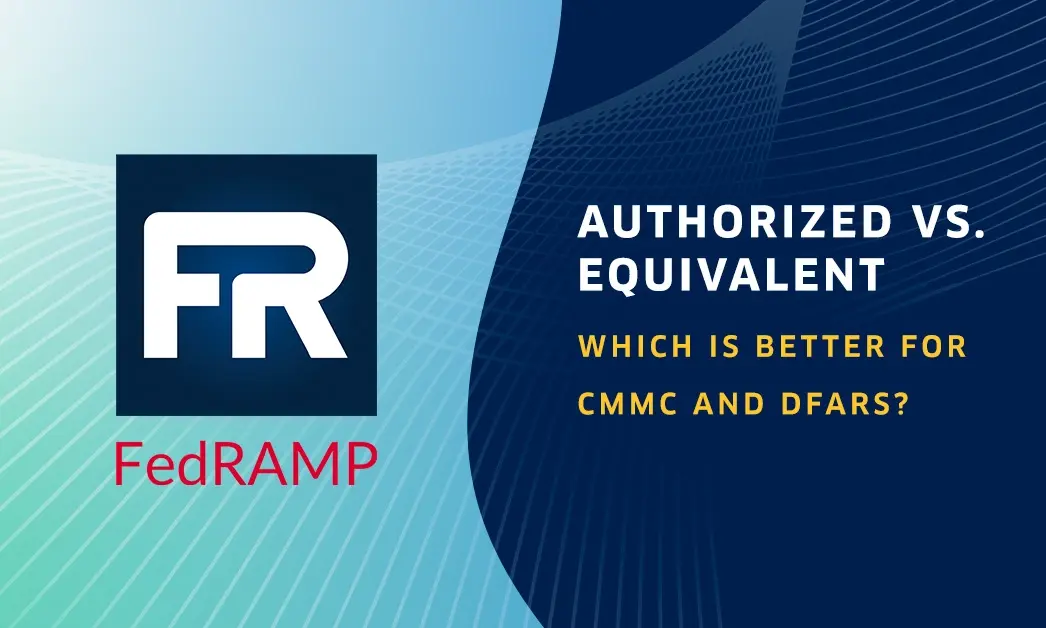The Quick Guide to Unshakeable Trade Secret Protection

Whether it’s industrial designs for the iPhone or the seven secret spices for KFC, every company has its secrets. That hard-earned, proprietary knowledge is your competitive advantage. It’s what pushes your company forward in a dynamic marketplace and differentiates you from competitors. Trade secrets and any associated intellectual property (IP) are vital assets that underpin your institutional knowledge—and they should be protected as such.
As the frequency of data breaches rise around the world and attacks become more sophisticated, trade secrets are at a higher risk of exposure than ever before. Organizations historically focused on external threats remain at the forefront of data risk, but internal threats—accidental or otherwise—should not be overlooked. To effectively counteract these risks, you need to consider both privacy and security concerns when implementing data protection.
The best protection comes from encryption. Most data-hosting platforms secure broad swathes of data with transport layer security encryption (TLS), which puts up strong walls around your network and protects your data in-transit. However, if anything gets through those walls or your IP leaves that secure perimeter, that data is unprotected and vulnerable. TLS alone simply doesn’t do enough to insulate highly confidential trade secrets.
To truly protect your data no matter where it goes, you need to layer end-to-end encryption on top of TLS. End-to-end encryption is a form of data-centric protection: essentially, it shrinks the perimeter from the network level down to the individual data point, ensuring protection for trade secrets at all times, both in-transit and at-rest. By encrypting the data itself, end-to-end encryption ensures that no unauthorized eyes will learn your secrets.
Quick Tips for Strong Protection of Trade Secrets
1. Know where your data is and how it’s protected.
The first step is to perform an audit of your data’s current protection status. Ask yourself some basic questions to understand the footprint of your data:
- Where does your data live? Within that, where are your trade secrets and IP housed?
- Who has access to that sensitive data?
- Which trade secrets are the most sensitive or have the highest security priority?
You can also turn to outside experts for services like data classification or penetration testing to assess your current security systems. No matter the route you choose to take, your goal is the same: locate your data and assess its security. From there, classify data sensitivity in categories that make sense for your business, such as from top-secret to restricted to unclassified.
2. Upgrade security for the most important trade secrets first.
Once you’ve done that initial assessment of your data, you’ll know where to start boosting your protection. Identify any data with insufficient security, as well as your most sensitive trade secrets. That data should be the jumping-off point for any security upgrades, including refactoring your security infrastructure or implementing third-party security solutions.
3. Layer data protection on your platform and your email.
Don’t rely on one type of protection. Encase your data in multiple security layers: not just TLS, but end-to-end as well. That way, your data is protected both in-transit and at-rest, so you can rest assured knowing that your security measures will travel with your trade secrets no matter where they’re shared. The additional security of end-to-end encryption ensures your data has that last line of defense.
Email in particular needs that extra protection. Native email security features and traditional end-to-end approaches like PGP can be effective, but they’re not foolproof—many rely on manual exchanges of encryption keys, only provide encryption to data in-transit or require multiple steps to decrypt messages, adding more risk to the process and preventing widespread adoption. In addition, native security features fail to prevent third-party access or control access. Instead, up the ante with email security plugins that address those shortcomings.
4. Ensure data protection enables collaboration.
Trade secrets should be insulated from internal and external threats—but they also need to be accessible to the right people. They aren’t valuable if they’re always behind lock and key. Ensure that your security measures are optimized for modern cloud sharing to get the best of both worlds.
5. Maintain full visibility and access control where it counts.
The best data sharing capabilities come with visibility into where your data is and who can access it—as well as the ability to revoke access when needed. It’s a simple measure, but it dramatically increases the security of your trade secrets and gives you peace of mind.
Any security upgrades should also enable you to monitor, maintain and adapt data access so that only authorized users can access your trade secrets. Some email providers—such as Gmail—have caught on to this need: they recently rolled out Gmail Confidential, which offers some bare-bones access control for your email.
However, that protection is limited: Gmail can still access your plaintext email content, some protection relies on manual actions and Gmail Confidential’s security measures don’t extend to other G Suite apps. Moreover, Gmail Confidential can severely restrict workflows and collaboration, leading to insecure workarounds. Instead, find a provider with more complete access control that travels with your data no matter where it is shared—without reducing the collaboration speed of email.
6. Consider how you manage encryption keys.
Encryption key management is not to be overlooked when it comes to security practices. Your security is only as good as your key management.
Typically, your platform provider or data host (such as Google for Google Drive, for instance) will manage the keys for you. But under that system, the third party has ultimate control—they can access your encrypted data as well as the keys that decrypt it. This is a significant issue for trade secret protection because it means unauthorized individuals could get their hands on your intellectual property. For instance, if a government agency approaches your email provider and requisitions your company data for any reason (known as a blind subpoena), that agency will be able to access your raw data and trade secrets.
For true trade secret protection, separate your keys from your encrypted data with an encryption key management solution that allows you to hold your own keys. This practice is a recommended step for modern security because it assumes zero trust in your provider and puts full control in your hands.
Protect Your Trade Secrets: Best Practices for Business Privacy
You’ve made business privacy a priority. You want to protect your trade secrets and IP at every turn. Now you need a plan to achieve that goal. But upgrading your security is a big job, and you may need more than quick tips. We’re here to help. Download our Complete Guide to Business Privacy for more information and expert strategies. With this guide, you can start implementing best practices for data protection today.

Editorial Team
The editorial team consists of Virtru brand experts, content editors, and vetted field authorities. We ensure quality, accuracy, and integrity through robust editorial oversight, review, and optimization of content from trusted sources, including use of generative AI tools.
View more posts by Editorial Team









